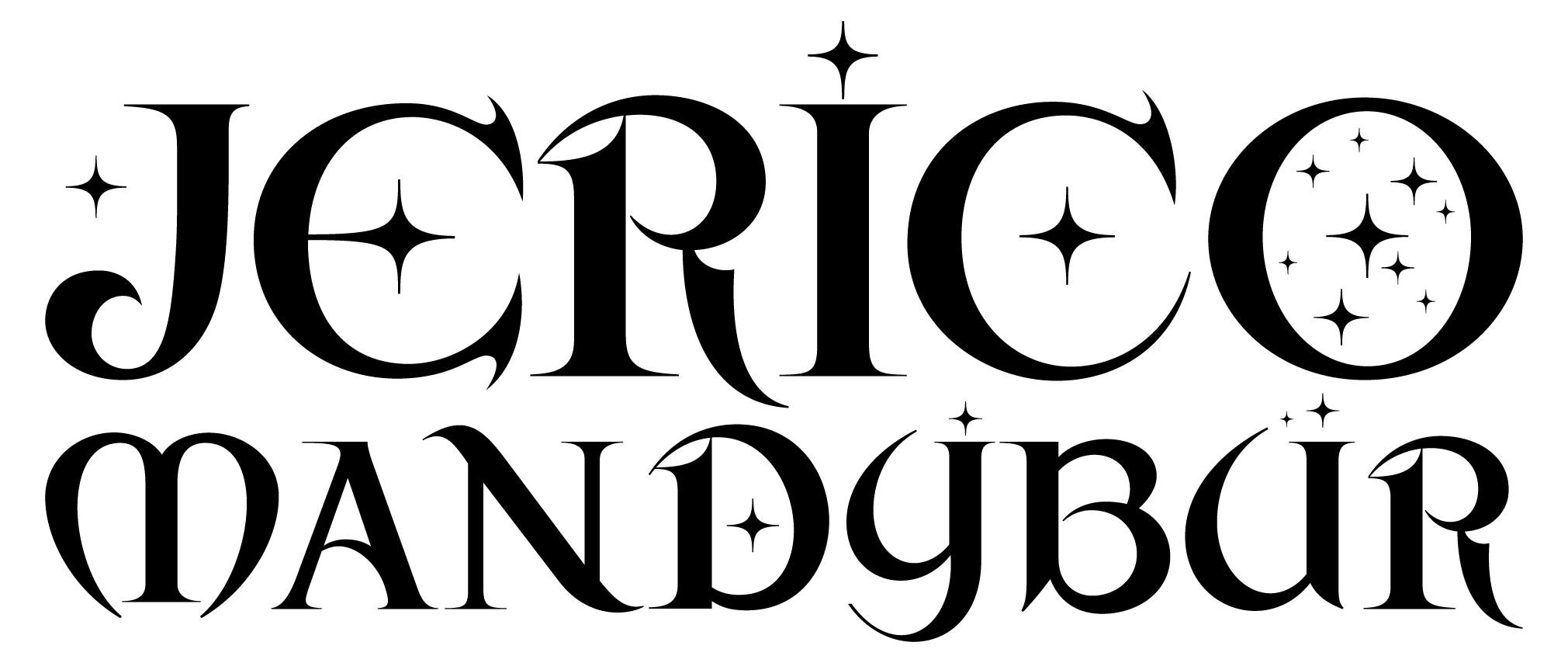NOT SMILING, BUT MASKING
Since I did a TEDx Talk back in September (which is not yet online), I’ve been thinking about the act of “masking” and the role it’s played in my life as a late-diagnosed autistic person and an ADHDer.
While I’ve been delighted to enter into an online world of autistic edu-tainment and infographics post-diagnosis, I’ve also been trepidatious around the sound-bitey way masking is sometimes discussed. It’s simplified in order to be accessible. And that makes sense.
But the more I undergo my own journey of understanding my unique sensorial reality and practice embodying the principles of unmasking, the more I see it as a complex commitment to a certain way of being. Rather than a decisive, one-and-done action that can ever be taken. To flatten it into as much feels like an injustice to the nuance of our experience and a diminishment of what we’re truly up against. In here *points to chest* as much as out there. *gestures at society*
In my talk, I described masking as being akin to “method acting as a ‘normal’ person by camouflaging or repressing one’s autistic traits for other people’s comfort”. I mentioned that it includes acts like mimicry (of other’s facial expressions and body language) and scripting (rehearsing and memorising dialogue and phrases to use in conversation, so you pass as neurotypical).
All of that’s true, but it’s not always what it looks like. Masking can look and feel an infinite number of ways. But if I had to sum up masking in three words? Abandonment. Of. Self.
“But how do you begin to unmask?!”
As I’ve tried to illustrate, it’s hard to answer that simply, if at all. Good luck finding one clean “eureka!” moment. If you’d like more resources around autism/neurodiversity there are links at the bottom of this page. For me, it’s about about being brave enough to begin asking the right questions. And letting those questions crack you open.
Try asking yourself these 10 as a journal exercise, going at your own pace and coming back to them as often as you need. Witch tip: Do it on the Gemini full moon this Wed/Thurs <3
What does camouflage mean to me?
Why do I see myself—and perform this version of myself—the way I do?
What are the sensory experiences, special interests, and values I know to be true? How can my thoughts, words, and actions better align with this these?
How important is being visible—being seen and validated—by other people?
In what ways do I modify my behaviour to seem more (or even less) neurotypical in order to have this validation met?
What are my earliest or fondest memories of aliveness, vitality, and self-belonging?
How can I commit to seeking out and embodying those feelings again now?
Am I in a rush to unmask? Why/why not?
What small, do-able, imperfect actions can I take regularly to increase my self-accord?
If my younger, pre-masking version of myself could speak, what would they tell me? What permission would I like this version of myself to give my current self now?
This is a short excerpt from the latest edition of ☆THE DREAMER☆ newsletter. Become a subscriber below to read the whole thing!
Xo Jerico
If you are dealing with a mental health crisis or need someone to talk to, please reference your country’s instant support services on CHECKPOINT. If your are the victim of domestic or family violence, please find your country’s best support agencies on HOT PEACH PAGES.
Hi, I’m Jerico
I’m a best-selling author, award-winning creativity coach, and tarot reader. My mission? To help you unlock your unique creative expression.






